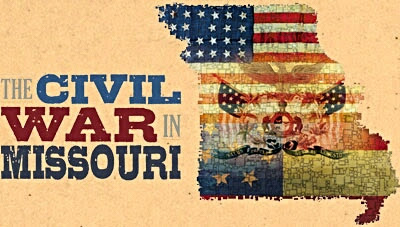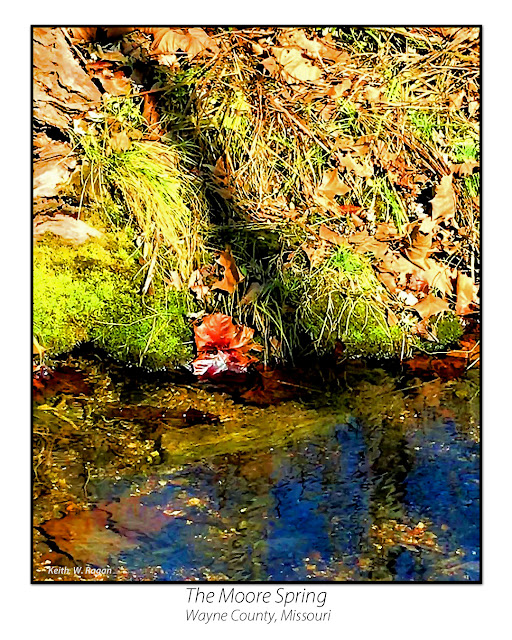Brother Against Brother

BILL, BUDDY, AND ELISHA RAGAN Of Hardeman County, Tennessee and Tippah County, Mississippi By Keith Wayne Ragan ESCAPE FROM FORT DONELSON by John Paul Strain William W. (Bill) Ragan (1843-1864), Paul S. (Buddy) Ragan (1844-1864) [i] , and Elisha W. Ragan (1845-1918) have been a part of our family lore forever. The boys were all sons of my great-great grandparents Nathaniel Simpson Ragan, (1820-1907) and Mary “Polly” Vincent Ragan (1825-1908), born in Hardeman County, Tennessee, but living just across the state line in Tippah County, Mississippi at the outbreak of the Civil War. Nearby was the farm of their uncle, Samuel Young Ragan and his family. My grandfather Jacob William Ragan (1894-1972) was the son of Nathaniel Francis Ragan (1863-1926), who in turn was the younger brother of the boys mentioned. My grandfather had told my father Robert Nathaniel Ragan (1914-2003), the story many times of the brothers differing affiliations and the choosing of differ...

